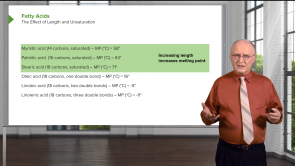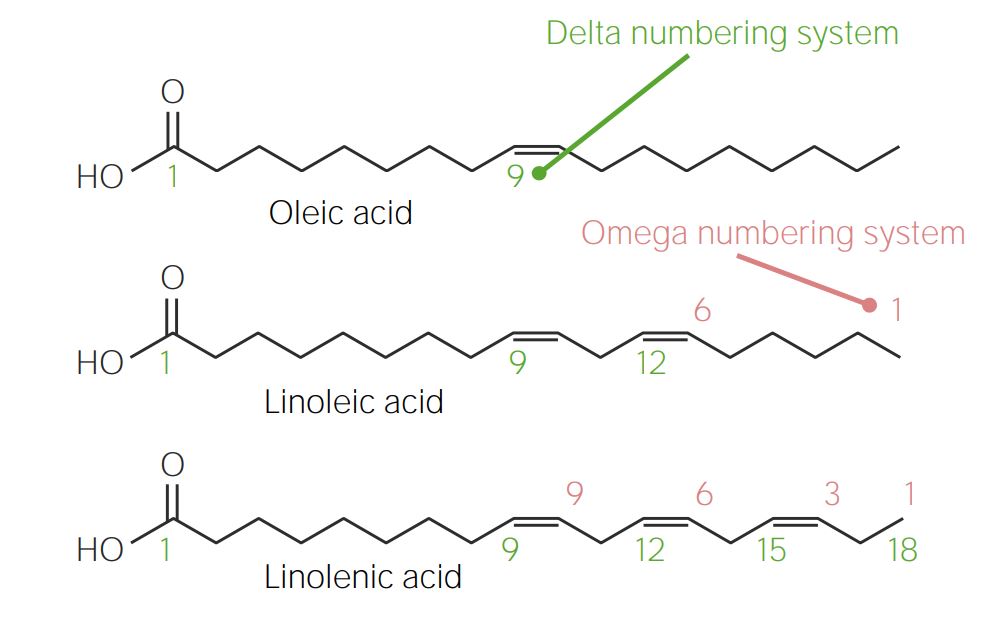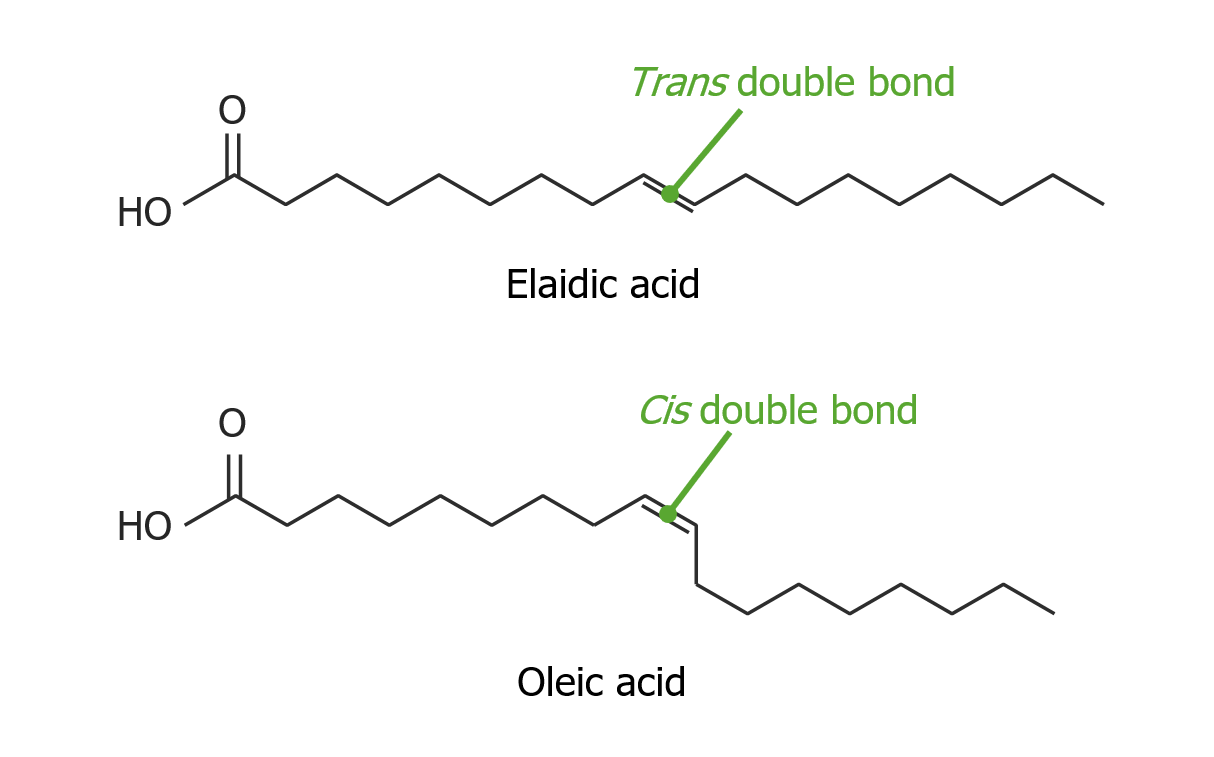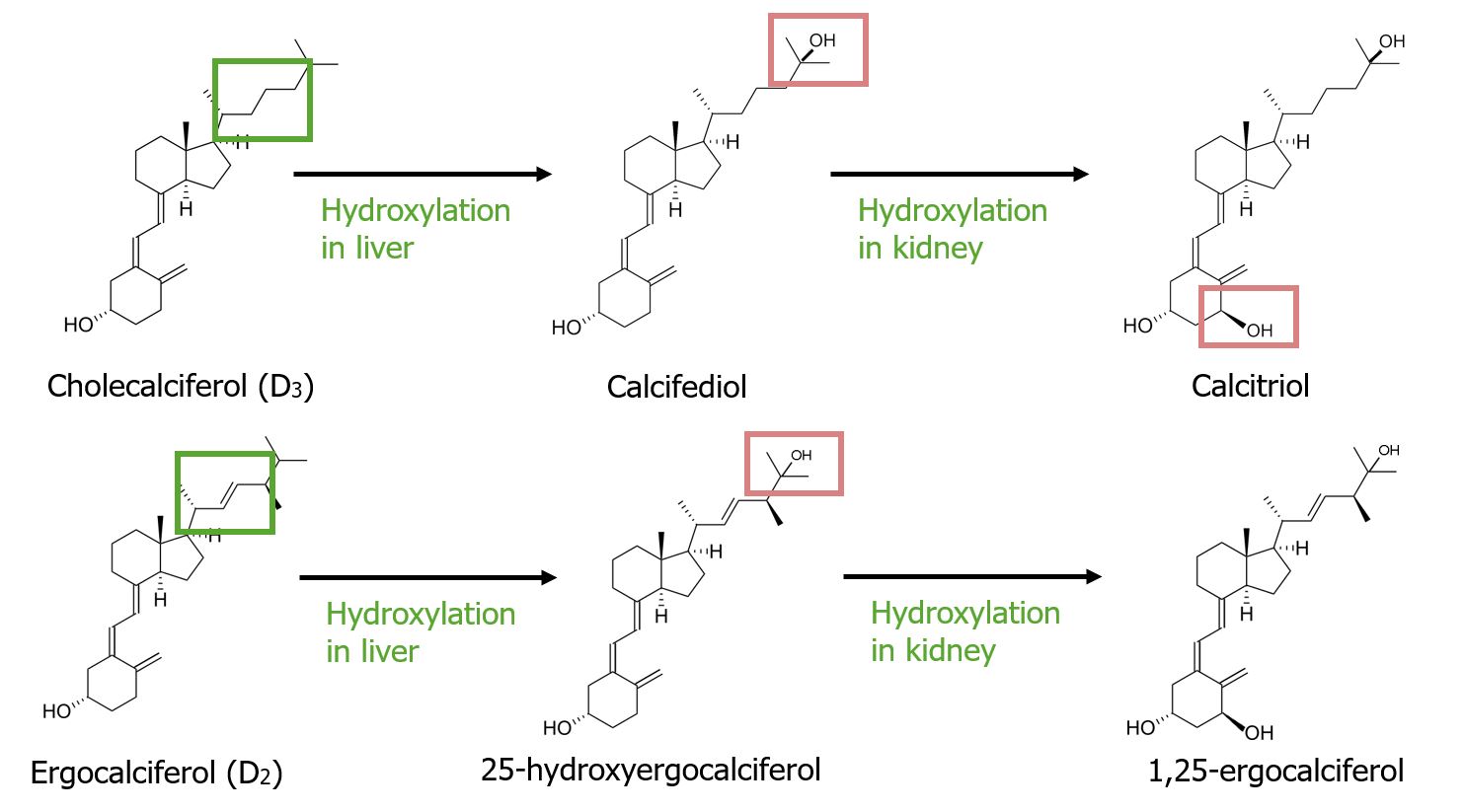Errors in the Video
By Peddi A. on 16. October 2023 for Fatty Acid Synthesis
I've reviewed the Video, and while it provides a comprehensive overview, there are a few points that need clarification.
"Fatty acid synthesis doesn't occur in the mitochondrion; it occurs in the cytoplasm, sequestered from fatty acid oxidation, simplifying the regulation of the two pathways."
Clarification: Fatty acid synthesis indeed occurs in the cytoplasm, separate from fatty acid oxidation that takes place in mitochondria. This separation allows for streamlined regulation, ensuring the balance between synthesis and breakdown.
"Fatty acid synthesis is chemically similar to the reverse of oxidation, involving joining, reduction, loss of water, and a final reduction, making it essentially the reverse of oxidation."
Clarification: Fatty acid synthesis does indeed involve joining of acetyl and malonyl units, reduction steps, and removal of water, making it similar but not exactly the reverse of oxidation. The subtle differences in the chemical steps are crucial for the controlled synthesis of fatty acids.
"The enzyme acetyl-CoA carboxylase is regulated through phosphorylation by AMP-activated protein kinase and allosteric binding of citrate, ensuring the balance between synthesis and cellular energy levels."
Clarification: Acetyl-CoA carboxylase, a key enzyme in fatty acid synthesis, is indeed regulated through phosphorylation and allosteric binding of citrate. This regulation allows cells to respond to energy demands, modulating fatty acid production accordingly.
"Fatty acid synthesis involves a series of steps catalyzed by the multifunctional enzyme fatty acid synthase, where individual activities within the enzyme complex work together, ensuring efficient fatty acid production."
Clarification: Fatty acid synthase, a multi functional enzyme complex, plays a central role in fatty acid synthesis. Its individual activities work in harmony within the complex, allowing for the sequential addition of carbon units and the creation of fatty acids up to 16 carbons in length.
nice lecture!
By Rong F. on 28. June 2019 for Other Lipids and Their Function – Lipids
its good and thorough, also covers minor lipid types! good to learn
Very Good
By Arielle Karina T. on 16. August 2018 for Overview and Introduction on Fatty Acids – Lipids
Very nice and informative lecture, easy to understand and remember
Once again, simple and perfect explanation of Lipids.
By Suhas M. on 16. August 2018 for Glycerolipids and Glycerophospholipids – Lipids
I have followed Dr Ahern through all the basics of biochem lectures and he has never failed to deliver.








